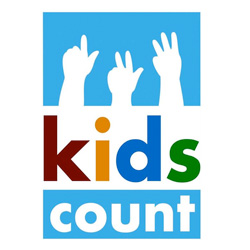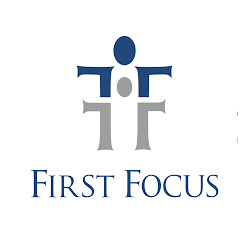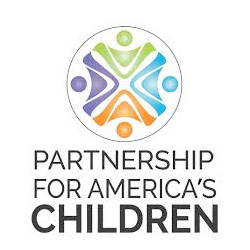Legislative Center
Early Education
March 25, 2024
A Rough Legislative Session for Utah Kids (Again)
January 10, 2024
Our 2024 Legislative Agenda
Tagged under





